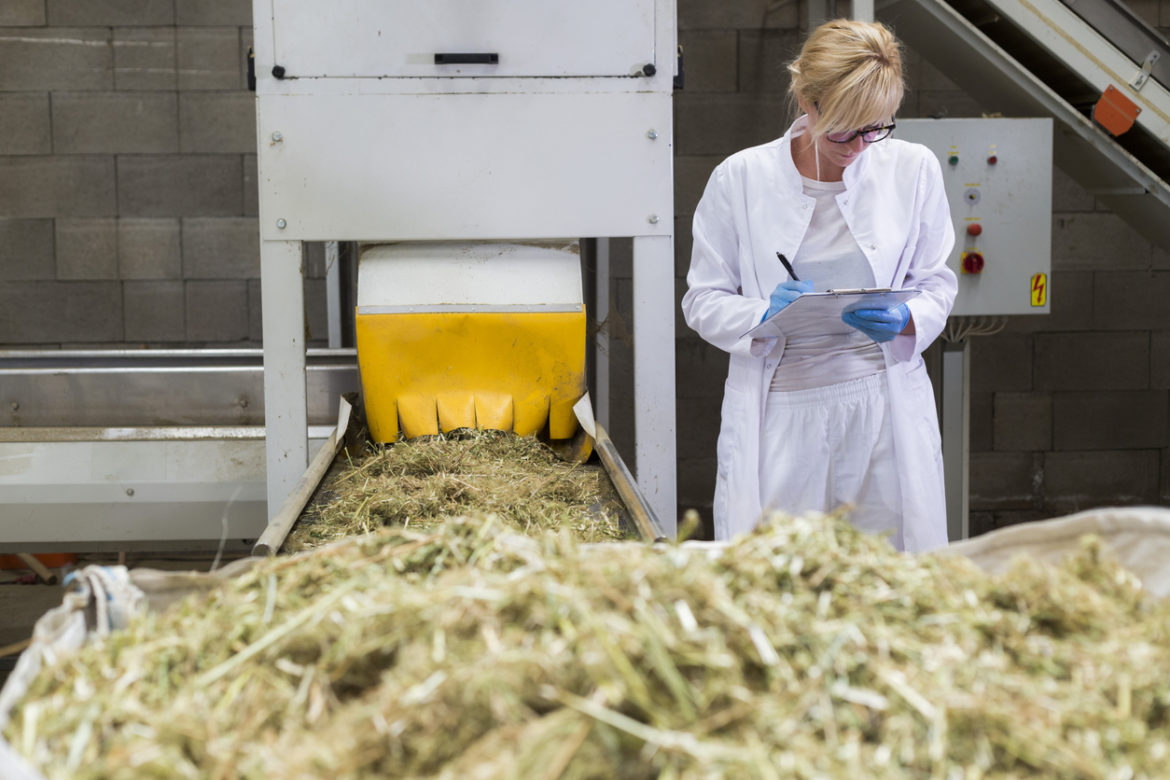
Establishing Health and Safety Programs for the Cannabis Industry
Many states have legalized the use of marijuana, both medicinally and recreationally. Studies have long focused on the public health and safety issues associated with these legislative changes. Still, few have given significant attention to the occupational health and safety of those working in the industry. Similar to any other industry, there is a strong need to take precautions and implement health and safety programs to protect the employees of cannabis production and distribution facilities. As demonstrated by CA cannabis workers’ compensation plans, there is an affordable and effective way to provide employee safety.
The Scope of Present Dangers
The hazards associated with workplace accidents can range from minimally damaging to severe and life-threatening. Regardless of how extensive an injury may be, there is always the potential for financial hardship, emotional suffering, and lost labor to compound an already complicated situation. Within the cannabis industry, the following dangers are present:
- Biological hazards such as mold, allergens, or sensitivities
- Chemical hazards such as carbon dioxide, carbon monoxide, pesticides, disinfectants, nutrient chemicals, corrosive chemicals, and indoor air quality
- Physical hazards such as compressed gas, combustible or flammable liquids, ergonomics, occupation injuries, electrical, workplace violence, slips and falls, noise, extraction equipment, hand tools or machines, lighting or height hazards, and forklift injury
The Impact of CA Cannabis Workers’ Compensation
Just as protections are afforded in those working in manufacturing, healthcare, or retail, carrying coverage in workers’ compensation for cannabis industry activities reduces the financial liabilities against company’s where an accident report is filed. A workplace accident or incident that causes illness, injury or loss of life for an employee can lead to a lawsuit for medical reimbursement and corresponding damages. Companies that carry workers’ comp coverage can have the costs of litigation or paying out medical benefits taken care of by the insurance provider.
The Necessity of a Health and Safety Program
To limit exposure to accidents involving cannabis industry workers’ compensation claims, it is important to establish robust health and safety programs. Each employee should be involved in a safety program and understand their unique role in preventing accidents. Conduct assessments to identify hazards and train employees in both preventative and response behaviors. Ensure consistency among implementation through a safety manager or team. Continually evaluate the safety program for deficiencies or weaknesses through feedback or incident reports and adopt corrective measures as quickly as possible.
The Benefits of a Strong Program
In addition to reducing the occurrences of workplace accidents, a strong safety program can lower the cost of a CA cannabis workers’ compensation plan. All safety procedures should be aligned with the requirements issued by the Occupation Health and Safety Administration, as well as any risk management advice given by the insurance provider.
About CannGen Insurance Services
For more information about our comprehensive insurance solutions for the cannabis, CBD, and hemp industries, please visit our website at www.canngenins.com or email marketing@canngenins.com.


 US
US
 US
US
 CA
CA
 EU
EU
